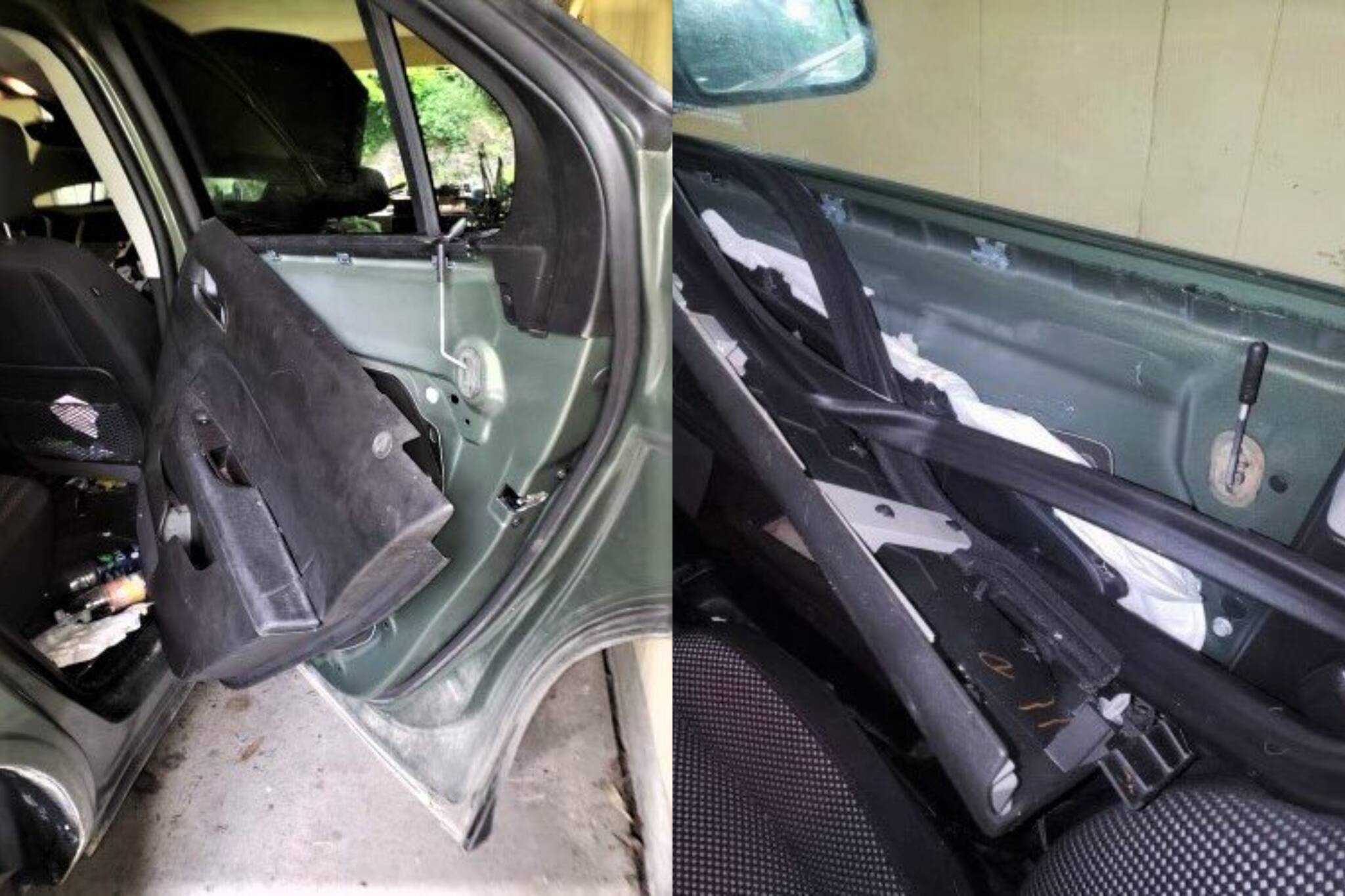The B.C. Conservation Officer Service are seeing a notable uptick in bears breaking into cars and is reminding residents to be bear aware.
The service has said that bears are forcing their way into vehicles because of attractants, such as food and garbage, that have been left behind in visible areas of the vehicles.
Human contact with bears is on the rise in the province. According to data published monthly by the province, contact with black bears is up about 44 per cent from this time last year. If this trend continues, black bear contacts, which were tracked for the first time in 2013, will reach a record high.
“Your car is no match for a hungry bear determined to grab the food or garbage left inside,” the service said on social media earlier this week. “We’ve received several reports of bears breaking into cars in residential areas.”
The federal and provincial governments have online resources that provide guidance on what to do when encountering a bear.
While the guides are comprehensive in their advice, both agree that “avoiding an encounter is the best way to protect both yourself and bears.”
This is also true for cars.
According to the United States’ National Park Services, “bears are commonly thought to have the keenest sense of smell in the animal kingdom.”
As such, even empty or washed food containers can still be attractants for bears.
Bears also have excellent memories — particularly when it comes to foraging. This makes it particularly important to keep campsites and vehicles void of attractants. If a bear has found food in a particular place or object before, it is likely that it will return in the future.
While they can pose very serious risks to both people and property, bears are generally not predatory and only attack when they feel threatened.
Taking steps to avoid encounters is the safest route to take, but remaining calm and maintaining a non-threatening attitude are essential when encounters do occur, officials recommend.

